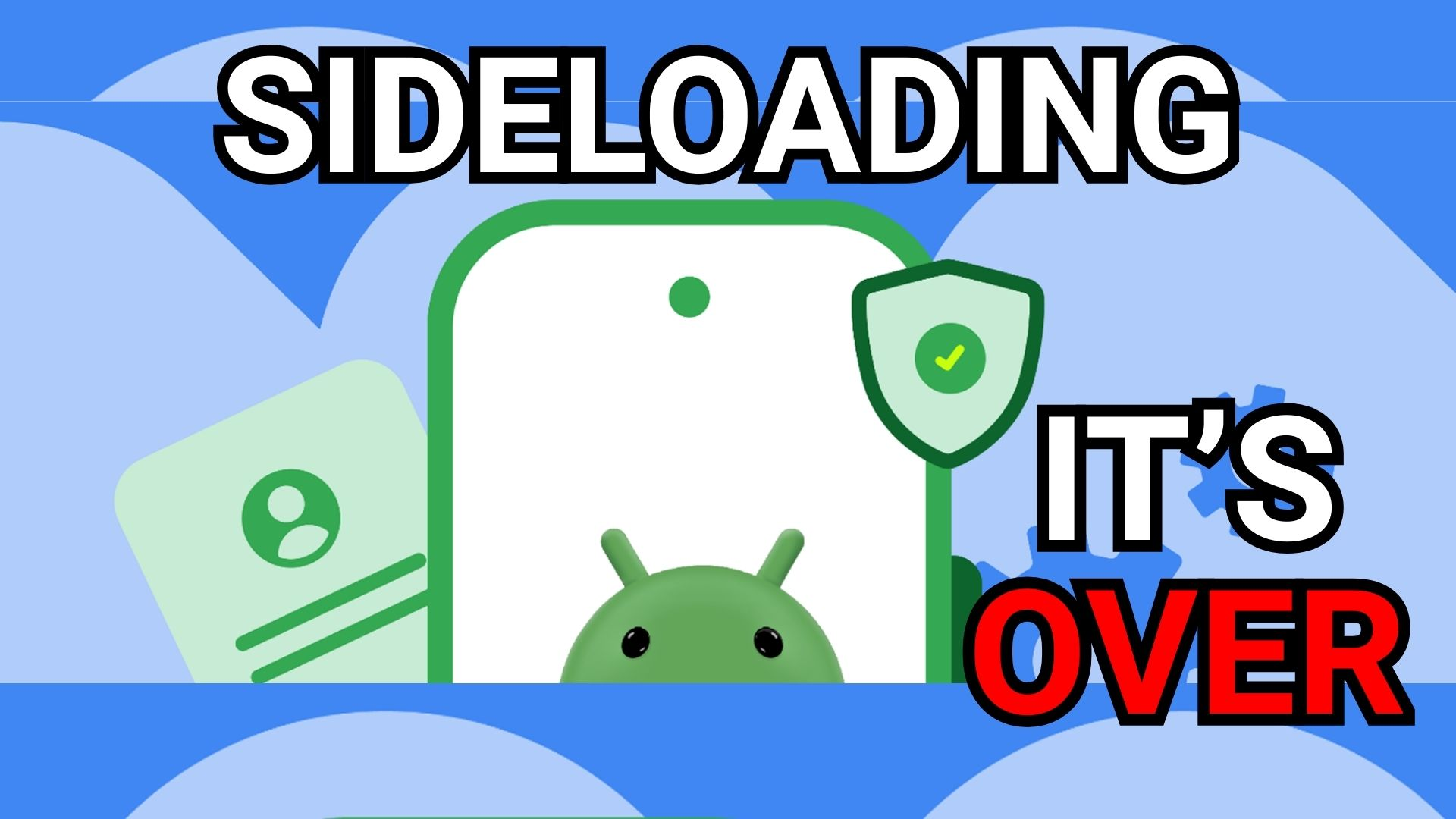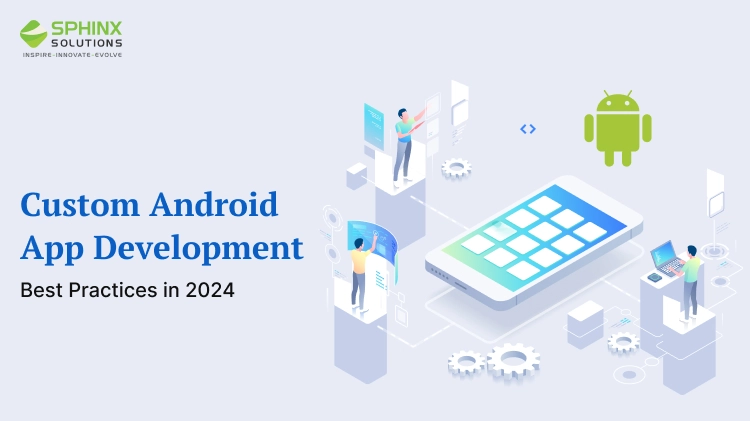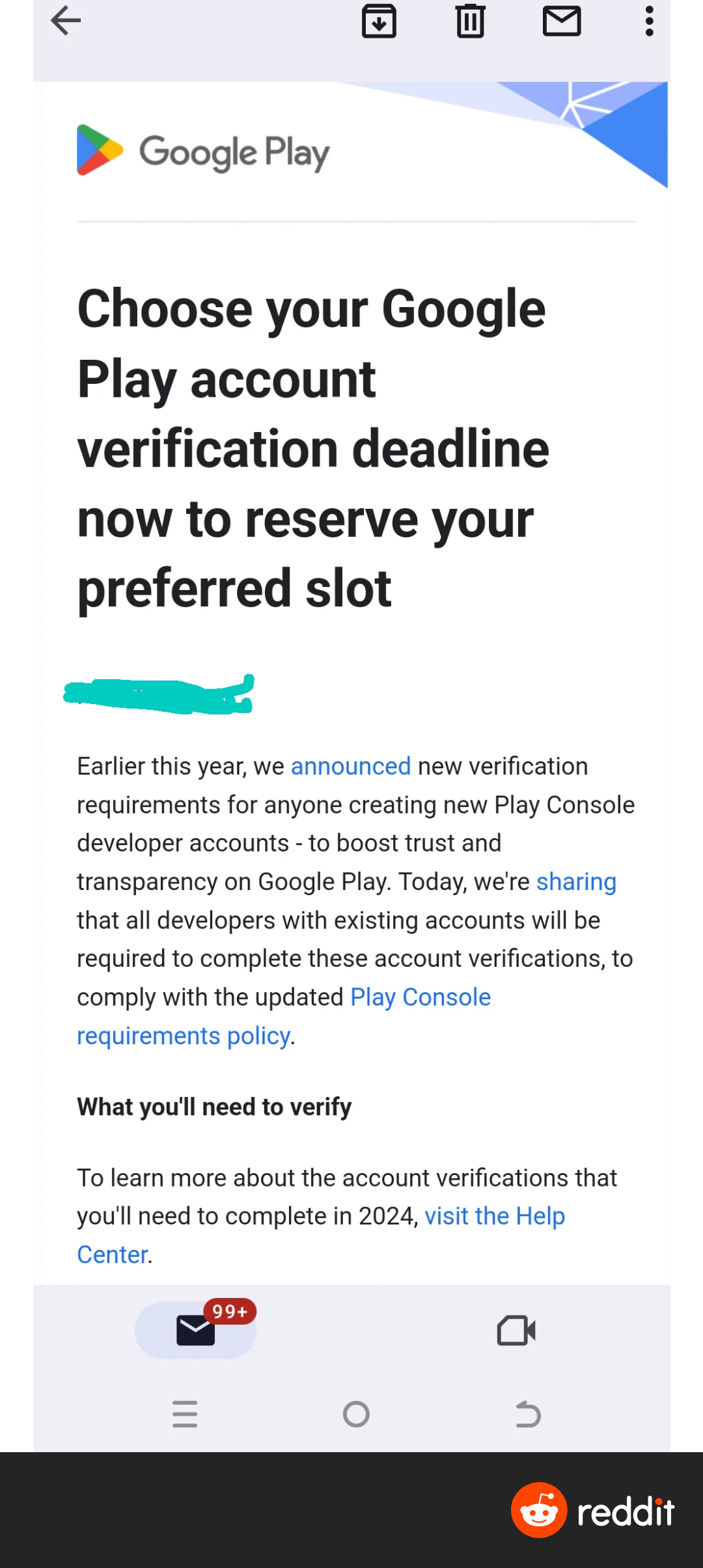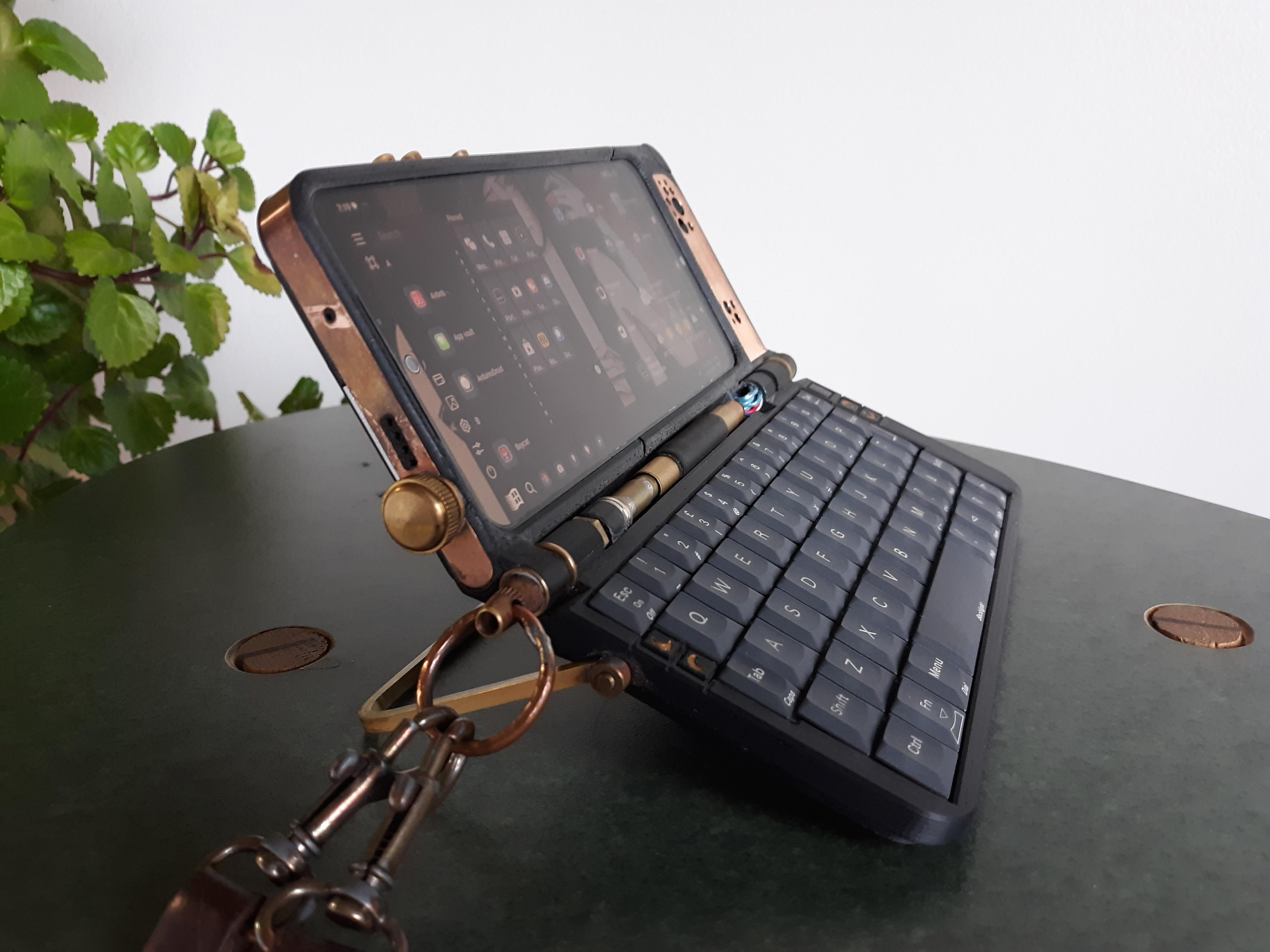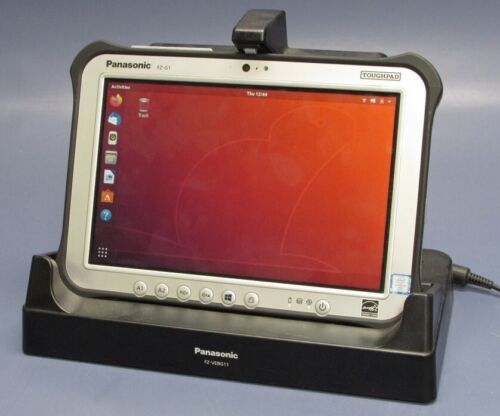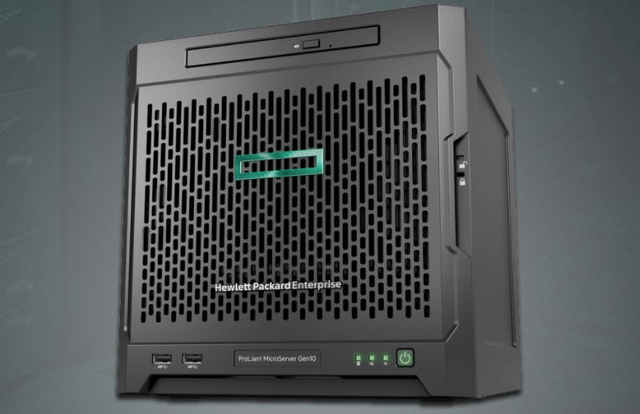Custom Android app development is a thrilling venture for tech enthusiasts, especially those eager to harness the power of their Raspberry Pi robots. Imagine designing a bespoke application that allows seamless control over your robotic creations, all through your Android device. By leveraging platforms like MIT App Inventor, you can simplify the app creation process, ensuring that even complex functionalities, such as Bluetooth connections and control commands, are accessible to anyone. This Android app tutorial will guide you through the intricacies of building an application that meets your unique requirements while enabling efficient communication with your robot controller project. Join us as we explore this exciting realm where creativity and technology intertwine, empowering you to take your projects to the next level.
In the vibrant field of mobile technology, creating tailor-made applications for Android devices has gained immense popularity, particularly for robotics enthusiasts. If you’re looking to manage a robot powered by Raspberry Pi using your smartphone, embarking on a journey with custom Android app creation can be incredibly rewarding. Utilizing tools like MIT App Inventor, you can embark on a project that not only teaches you the fundamentals of app development but also enhances your robotics experience through robust features like Bluetooth connectivity. This comprehensive guide will act as an essential resource for aspiring developers, diving into robot controller initiatives that blend innovation and functionality seamlessly. Discover how to transform your ideas into reality by developing apps that control and interact with your robotic systems.
Introduction to Custom Android App Development for Robotics
Developing a custom Android app for robotics, particularly for a Raspberry Pi-based robot, can be an exciting journey for tech enthusiasts. By leveraging platforms like MIT App Inventor, users can create tailored applications without needing extensive programming expertise. This web-based tool allows users to design interfaces and integrate functionalities through a simple drag-and-drop method, making the initial stages of app development less daunting.
With the rise in popularity of DIY robotics, having a customized app can significantly enhance the usability and control of your projects. Whether controlling movements through a Bluetooth connection or managing sensor inputs, a tailored solution fine-tunes how users interact with their devices. Furthermore, this process not only provides hands-on experience with programming concepts but also a sense of accomplishment as users bring their creations to life.
Leveraging MIT App Inventor for Robotic Control
MIT App Inventor offers a remarkable platform for anyone looking to dive into mobile app development, especially for controlling a Raspberry Pi robot. Its user-friendly interface facilitates quicker app design, which is perfect for beginners and those new to coding. With its block-based programming language, users can easily link various functionalities to create unique projects, making it an ideal choice for robot controller projects.
Additionally, the versatility of MIT App Inventor opens up possibilities for real-time interactions between the app and the robotic system. For instance, users can set up Bluetooth connections that enable the control of motors and sensors. By creating a simple app that communicates wirelessly with the robot, developers can harness the full potential of their Raspberry Pi setups, transforming their mobile devices into powerful control interfaces.
Building a Bluetooth Connection for Raspberry Pi Robots
Establishing a Bluetooth connection between an Android app and a Raspberry Pi robot is a critical aspect of robotic control. When developing your custom app, integrating Bluetooth functionality allows for seamless communication and operation of your robot. Utilizing MIT App Inventor’s Bluetooth client component simplifies this process, enabling developers to send commands and receive data in real-time.
Despite initial challenges with Bluetooth connections in Linux, including deprecated methods in the Bluez stack, finding alternative solutions is possible. By utilizing libraries and scripts from platforms like GitHub, developers can create custom server applications that manage Bluetooth communications efficiently. This approach ensures that all complexities are handled properly while allowing users to focus on enhancing their robots’ features.
Simple Steps to Create an Android App for Your Robot
Creating an Android app to control your Raspberry Pi robot can be accomplished in just a few key steps. First, familiarize yourself with the layout and components available on MIT App Inventor. Start by designing a basic user interface that includes buttons for different commands that your robot can execute. Using the drag-and-drop feature, you can place components like buttons, sliders, or text fields effortlessly.
Next, moving onto the programming aspect, you’ll utilize the block programming system to define actions for each component. For instance, when a user presses a button, the app can send a specific command to the Raspberry Pi over Bluetooth. These steps ensure that your app is not only visually appealing but also functional, allowing for better engagement with your robotic projects.
Exploring Android App Tutorials for Beginners
For beginners venturing into custom Android app development, numerous online resources and tutorials can provide valuable guidance. YouTube channels dedicated to MIT App Inventor feature step-by-step videos that can help demystify the app creation process. These tutorials often cover everything from the basics of designing the interface to more complex integrations, such as connecting to a Raspberry Pi robot via Bluetooth.
Additionally, engaging with online communities and forums can enhance your learning experience. Many users share their projects, challenges, and solutions which can provide insights and encouragement. By leveraging these resources, aspiring developers can gain practical knowledge and confidence in creating their custom applications tailored to their robotics projects.
Understanding Block-Based Programming for Robotics
Block-based programming environments like MIT App Inventor are particularly beneficial for those interested in robotics. The visual representation of coding concepts allows users to grasp programming logic without the initial hurdles of traditional text-based coding. This is especially advantageous for young learners or those completely new to the field, as it enables them to engage in projects more quickly.
Using a block-based system also promotes creativity while minimizing errors that often accompany traditional code writing. Users can experiment with different actions and see immediate results, thus fostering a more interactive learning experience. This hands-on approach to programming is an excellent way to delved into how robots can be controlled through apps, enabling more sophisticated projects down the line.
Challenges in Developing a Raspberry Pi Robot Controller
While developing a custom Android app for a Raspberry Pi robot, several challenges can arise. Issues might stem from integrating Bluetooth connections or ensuring proper command transmission between the app and robot. Users often encounter roadblocks when adapting outdated libraries or dealing with compatibility issues across different devices and operating systems.
Despite these challenges, the process of troubleshooting and solving problems can be incredibly rewarding. Each obstacle provides an opportunity to deepen your understanding of both Android app development and robotics. Learning to navigate these challenges not only enhances your skills but also prepares you for future projects that may require more complex solutions.
Advanced Features for Your Android Robot App
Once you’ve mastered the basics of developing a custom Android app for your Raspberry Pi robot, consider integrating advanced features to enhance functionality. Features such as real-time video streaming from the robot’s camera or implementing APIs for advanced sensor reading can significantly elevate your project. These additions can create more interactive experiences, allowing users to visualize their robot’s environment.
Additionally, incorporating machine learning algorithms or cloud capabilities can lead to smarter robots that can learn from data and adapt to user commands autonomously. Expanding your app with such advanced features not only provides vast learning opportunities but also positions your project at the forefront of robotics innovation.
Future Possibilities in Android App Development for Robotics
The future of Android app development for robotics is brimming with potential. As technologies evolve, the integration of IoT, AI, and machine learning with robotics will create new opportunities for app developers and enthusiasts. These advancements will enable more sophisticated applications that can seamlessly control robots and respond to complex commands.
Moreover, the growing community around robotics and app development means an influx of resources, tools, and support for developers. Collaborations among different sectors may lead to groundbreaking developments, making robotics more accessible to everyone. With continuous innovation and a push towards user-friendly tools, creating custom Android apps for robotics will likely become a staple skill for tech enthusiasts.
Frequently Asked Questions
What is custom Android app development for a Raspberry Pi robot?
Custom Android app development for a Raspberry Pi robot involves creating tailored software to control and interact with the robot using an Android device. This process can utilize various tools like MIT App Inventor, which allows users to design apps through a user-friendly interface, connecting to the Raspberry Pi via Bluetooth or other communication protocols.
How can MIT App Inventor help in custom Android app development for my robot?
MIT App Inventor is a powerful tool for custom Android app development that enables users to create applications through a drag-and-drop interface. It simplifies the development process by allowing you to visually design interfaces and implement functionalities using a block-based programming language, making it ideal for controlling Raspberry Pi robots.
Can I connect my Raspberry Pi robot to an Android app via Bluetooth?
Yes, you can connect your Raspberry Pi robot to a custom Android app via Bluetooth. Using MIT App Inventor, you can incorporate Bluetooth components that allow the app to communicate with the Raspberry Pi, enabling remote control functionality and data exchange.
What are some common features in a custom Android app for a robot controller project?
A custom Android app for a robot controller project may include features like controlling the robot’s movement, monitoring sensors, sending commands via Bluetooth, and receiving real-time feedback. MIT App Inventor can assist in creating these features with its various components and capabilities.
Where can I find tutorials for custom Android app development with MIT App Inventor?
There are numerous resources available online, including YouTube channels and dedicated websites that provide step-by-step tutorials for custom Android app development with MIT App Inventor. These tutorials often cover foundational concepts and specific projects, perfect for beginners aiming to control Raspberry Pi robots.
What programming skills are needed for developing a custom Android app with App Inventor?
No advanced programming skills are necessary for developing custom Android apps with MIT App Inventor. The platform utilizes a block-based programming approach, which is intuitive and user-friendly, making it accessible for beginners looking to create apps for Raspberry Pi robots.
What limitations might I face when creating a custom Android app with MIT App Inventor?
While MIT App Inventor is powerful for basic projects, limitations may include less flexibility than traditional coding environments, limited access to advanced features, and constraints in app complexity. Nonetheless, it is suitable for creating simple custom Android apps for controlling Raspberry Pi robots.
Is it possible to create multi-platform apps using MIT App Inventor?
Yes, MIT App Inventor predominantly focuses on Android app development, but you can create apps that run on other platforms, like iOS, with some limitations. However, sharing and distribution for iOS is not as straightforward as it is for Android.
What is the role of Bluetooth in custom Android app development for robots?
Bluetooth plays a crucial role in custom Android app development for robots, as it allows wireless communication between the Android device and the Raspberry Pi. This enables real-time control and data exchange, essential for the effective operation of the robot.
How do I ensure effective communication between my Raspberry Pi robot and an Android app?
To ensure effective communication between your Raspberry Pi robot and an Android app, focus on robust Bluetooth connectivity, implement error handling in your app, and optimize data transmission protocols. Utilizing MIT App Inventor can simplify this process with pre-built Bluetooth components.
| Key Feature | Description |
|---|---|
| MIT’s App Inventor | A browser-based tool for creating custom Android apps using drag-and-drop interface. |
| Ease of Use | Great for beginners, utilizing block programming similar to Scratch for functionality. |
| Speed of Development | Rapid app creation; simple projects can be completed in minutes with plenty of tutorials. |
| Exporting Apps | Allows users to export their applications as APKs for distribution. |
| Limitations | Some complexity with advanced projects, particularly with hardware integration like Raspberry Pi. |
| Future Developments | Upcoming post to provide an enhanced application to interface with hardware. |
Summary
Custom Android app development allows you to tailor applications to your specific needs and preferences. With tools like MIT’s App Inventor, anyone can quickly create functional apps without extensive programming knowledge. While there are predefined solutions available, opting for custom development provides the freedom to innovate and integrate features that truly meet your requirements. Whether you are building a simple web browser or controlling a robot, this versatility makes custom Android app development an exciting and accessible option for both beginners and experienced developers alike.





